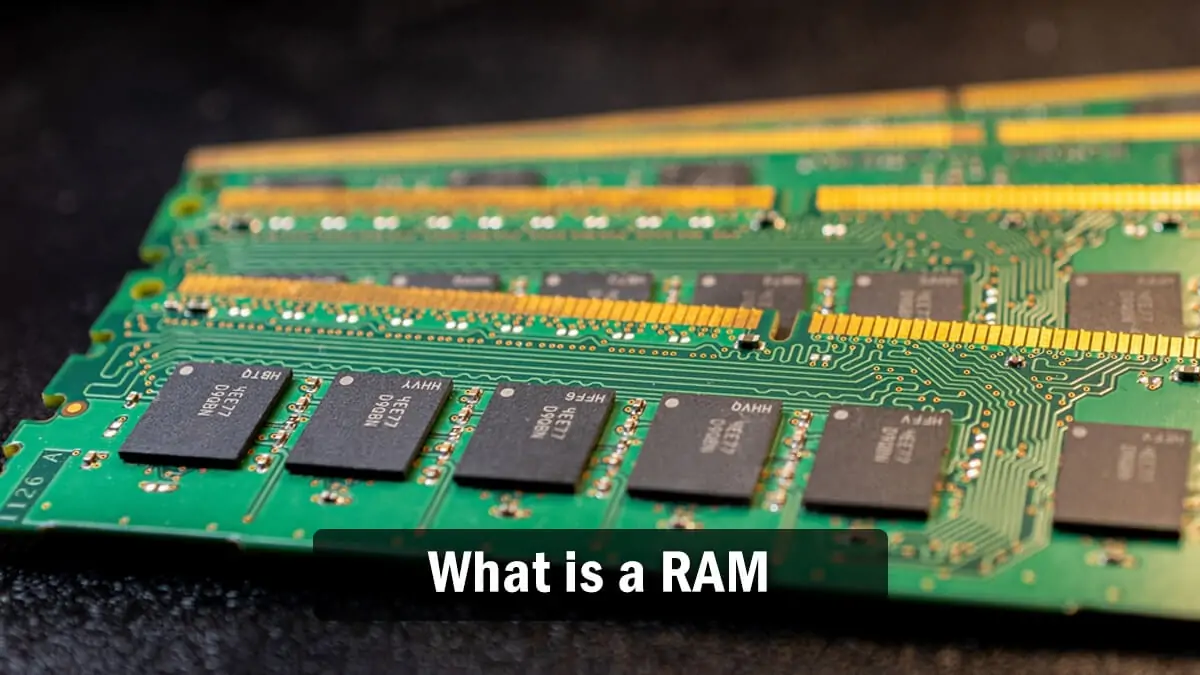Random Access Memory (RAM) is a type of volatile memory used in digital devices to store data that is actively being used or processed by the CPU. Unlike long-term storage (such as HDDs or SSDs), RAM temporarily holds data that the device’s processor needs quick access to, such as operating system files, open applications, and active processes. When a device is powered off, the data stored in RAM is lost, hence the term “volatile memory.”
Key Functions of RAM
- Temporary Data Storage: RAM stores data that is actively being used or processed, allowing the CPU to quickly access this information. This includes open applications, running processes, and system operations.
- Speed Enhancement: By holding data that the CPU needs to access frequently, RAM helps speed up the performance of the device. It reduces the need for the CPU to read data from slower storage devices, such as hard drives or SSDs.
- Multitasking: RAM plays a crucial role in multitasking by allowing multiple applications to run simultaneously. The more RAM a device has, the more applications it can run at once without slowing down.
- Caching: RAM is often used to cache data, which speeds up data retrieval processes. For example, web browsers use RAM to cache web pages, images, and other content, making it quicker to load frequently visited sites.
Types of RAM
- DRAM (Dynamic RAM): DRAM is the most common type of RAM found in personal computers, laptops, and other digital devices. It stores each bit of data in a separate capacitor within an integrated circuit. DRAM is slower than some other types of RAM but is cost-effective and offers high density.
- SRAM (Static RAM): SRAM is faster and more reliable than DRAM, but it is also more expensive. It stores data in flip-flop circuits, which do not need to be refreshed like DRAM. SRAM is typically used in small amounts for cache memory in CPUs and other high-speed applications.
- DDR (Double Data Rate) RAM: DDR RAM is a type of DRAM that can transfer data twice per clock cycle, effectively doubling the data throughput. It has evolved through several generations, including DDR2, DDR3, DDR4, and DDR5, each offering improvements in speed, bandwidth, and power efficiency.
- LPDDR (Low Power DDR): LPDDR is a type of DDR RAM designed for mobile devices like smartphones and tablets. It consumes less power, which helps extend battery life, and is optimized for the compact form factors of these devices.
Uses of RAM
- Running Applications: RAM provides the necessary workspace for running applications and system processes. More RAM allows for smoother performance and the ability to run more applications simultaneously.
- Gaming and Multimedia: High-performance applications, such as games and video editing software, require substantial RAM to handle large files and complex processes.
- System Responsiveness: Adequate RAM ensures quick response times and reduces lag when switching between applications or performing tasks.
- Data Caching: RAM is used to cache frequently accessed data, improving the speed and efficiency of the device.
Importance of RAM
RAM is a critical component for the performance and efficiency of digital devices. It directly affects how quickly a device can access and process data, impacting everything from boot times to the smoothness of multitasking. More RAM generally means better performance, especially for tasks that require large amounts of data to be processed quickly, such as gaming, video editing, and complex computations. As technology advances, the demand for larger and faster RAM continues to grow, driving improvements in RAM technology and its integration into modern devices.



